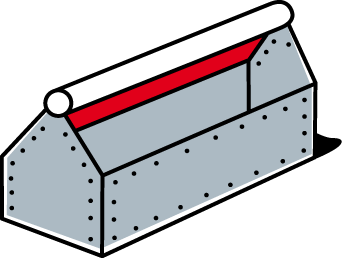Chromosome 21








Proteins: our body’s workers
The human body is made up of hundreds of thousands of different proteins that all have a specific role. Some are involved in blood clotting or oxygen transport, while others amplify sound in our inner ear or transmit nerve signals. Proteins produce energy, cut, glue, carry, transmit… And they interact with each other. How can a scientist find out what a protein does?
scissors, prostate and COVID-19
TMPRSS2: This gene codes for a protein that cleaves proteins involved in prostate physiological function. Facilitates human coronavirus SARS-CoV-2 infections via the proteolytic cleavage of ACE2 and coronavirus spike proteins.
External links
Corresponding protein in UniProtKB/Swiss-Prot
anti-virus
SUPYN: this gene (also called ERVH48-1) is derived from a virus that became embedded in our genome millions of years ago. The corresponding protein may play a role in the fusion of the embryo with placenta and might help the placenta protect embryos from viral infection.
External links
Corresponding protein in UniProtKB/Swiss-Prot
Publication: Ancient virus may be protecting the human placenta
hello?
TMPRSS3: This gene is essential for the survival of ciliated cells in the inner ear. When defective, it is associated with congenital deafness.
External links
Corresponding protein in UniProtKB/Swiss-Prot
“because I’m worth it”
KRTAP10: Group of genes involved in the texture of our hair.
External links
Corresponding protein in UniProtKB/Swiss-Prot
epilepsy
CSTB: This gene may be involved in epilepsy.
External links
Corresponding protein in UniProtKB/Swiss-Prot
